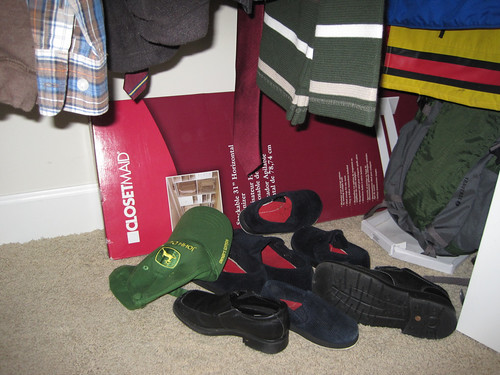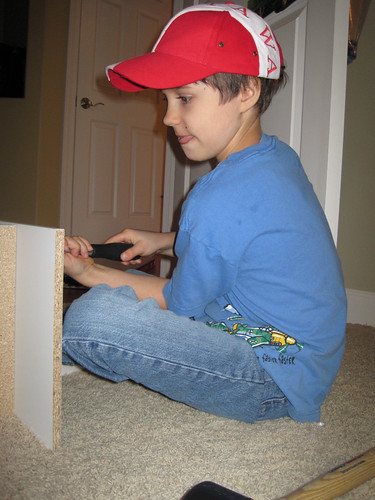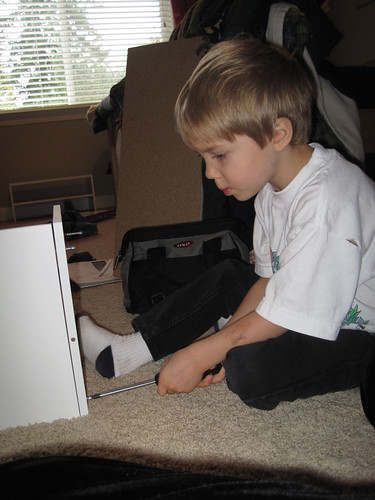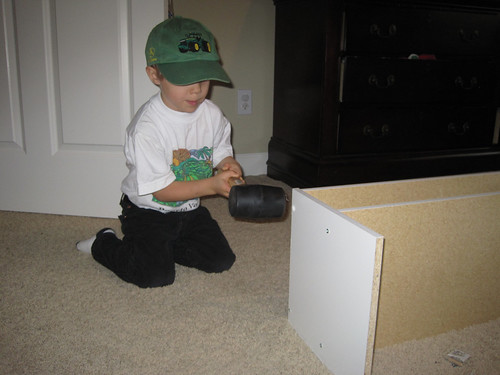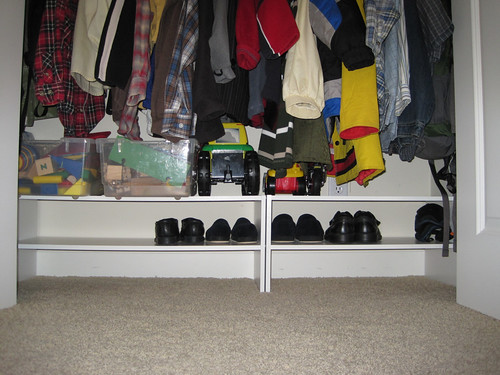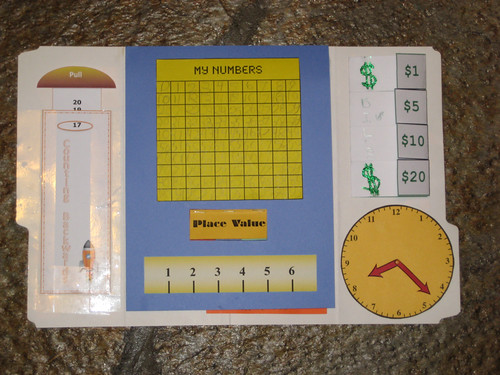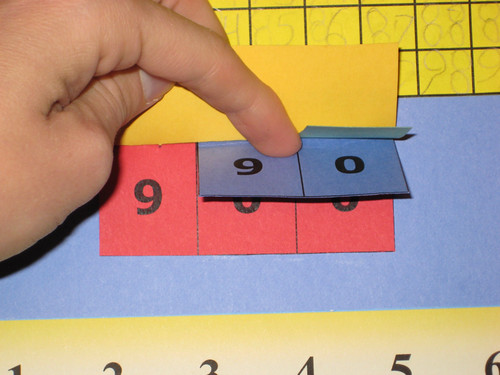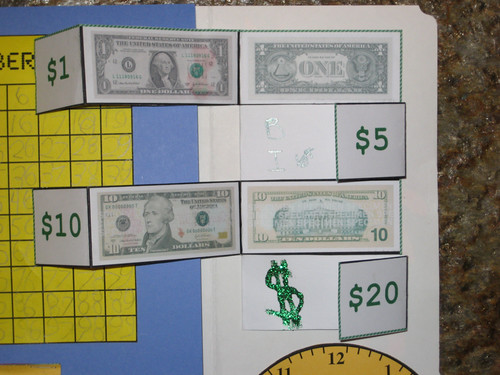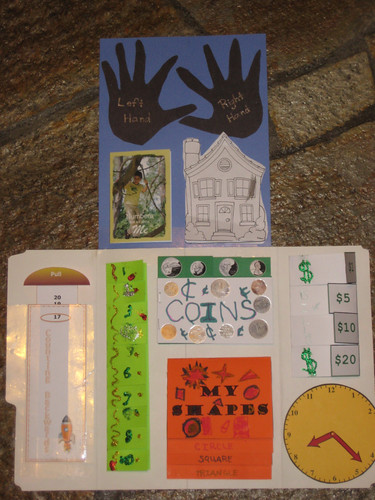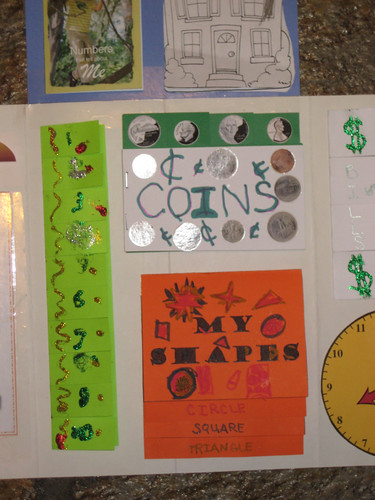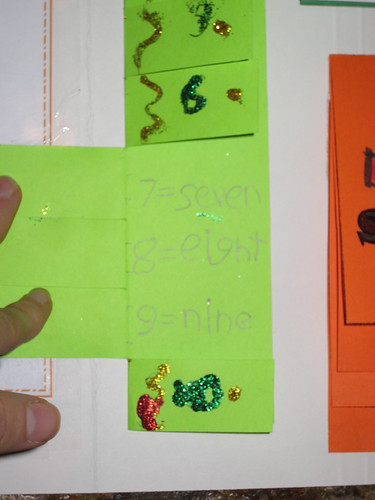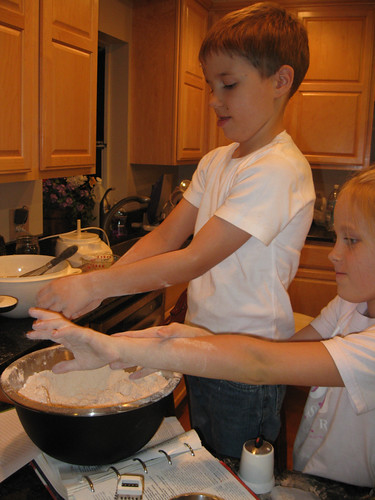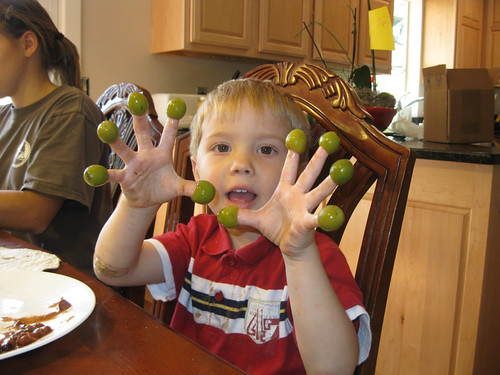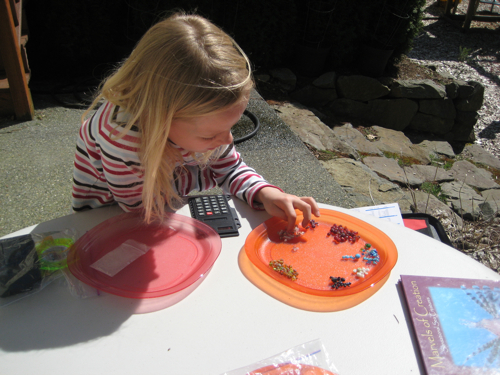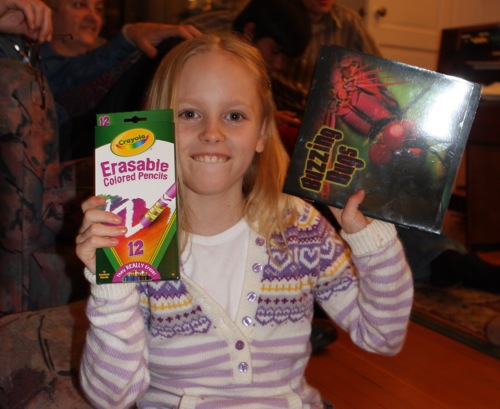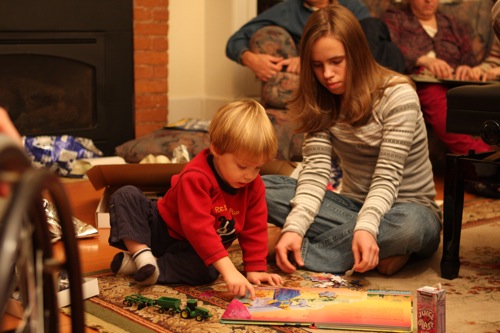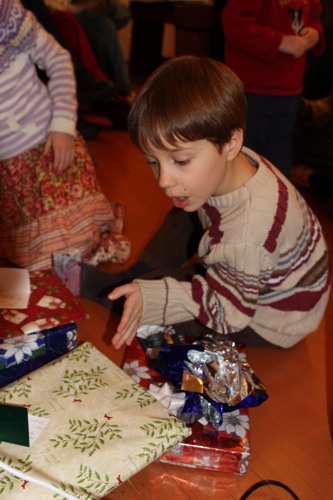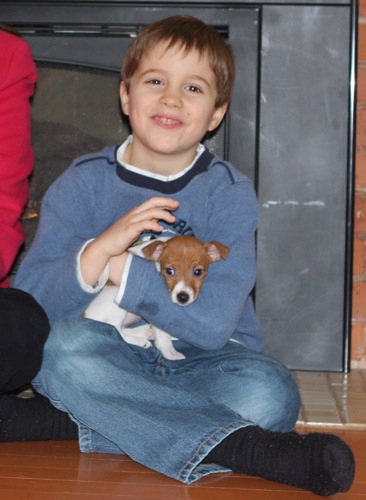Well, we finally officially started back to school on Tuesday. We had a fun and full week.
One of the new things we are trying this year is a new math program, called Math on the Level. It is a very unique math program which I am quite excited about, partly because the editor of it is an electrical engineer (like me!) This program is set up in such a way to help parents (or teachers, but it is written for homeschoolers) teach math without workbooks. The reason that I was attracted to this program is that my son declared last year that he hated math, but in a different conversation, he told me that he spends his time in the shower figuring out different kinds of math problems. I started quizzing him and realized that his math skills had surpassed his textbook significantly. Before I even heard of Math on the Level, I put away his math book and I just printed off a scope and sequence from the internet and started teaching him the concepts on my own. I had intended to keep that up until I found Math on the Level. But I really love it when somebody has invented the wheel before me. This program has a very systematic way of recording so that you can keep track of the areas in math that your child(ren) need to work on. It has several books to teach from: Geometry, Operations, Activities, and Money. There might be more. My only concern with this program over a textbook math program is how parent intensive it will be. Math was the one subject last year that I told my kids to do and I went and made lunch, but this requires my time too, at least right now. Perhaps, once the kids and I understand the program better, it will become a bit more independent.
So what did we do for math this week? Well, my first grader needed to learn the definition and measurements for volume. My fourth grader needs to work on her multiplication and she needed to learn the difference between the English and Metric systems. So we went out to the garden and picked this:
That is one very overgrown zucchini. Not all of them we pick are this big, but the ones that are get turned into zucchini bread.
Then we chopped this zucchini into all kinds of fractions to run it through the food processor and we practiced our addition and subtraction of fractions with our mammoth zucchini.
After we had it run through the food processor, we had eight cups of zucchini, which translated to eight recipes of zucchini bread. So my daughter got out the recipe book and started her calculations.
I’m not quite sure why, and not sure if you can tell, but she felt that the best place to work on this math, was standing on the counter. I promise she didn’t get that idea from me. I have never stood on the counter to look at recipe books.
Then the kids set out to measure and measure. JD Boy learned the difference between tablespoons and teaspoons and Zippy learned the difference between cups and milliliters.
And, if you couldn’t already tell from that picture, they made a mess. I took on the job of cleaning the whole time they were cooking (and answering questions). I probably should have taken a picture of how high and carefully I had dishes stacked in the drying rack by the time they were finished. That was my math lesson for the evening: how many layers of dishes can be stacked in a drying rack at once.
I’m ashamed to say that I did not take pictures of the bread after it got out of the oven. Everybody else was in bed when it was finally done baking and I was a bit anxious to get there myself. But, they must have done their math well, because the zucchini bread was delicious and we ate the whole lot of it up before the week was over (and before I got the battery on my camera recharged.) I had planned to freeze it, but we ate it. So I guess, we’d better head back out to the garden and see if there are any more over grown zucchini.
So did I need Math on the Level to turn this into a math lesson? No. I had already discovered that the kitchen is the yummiest and messiest place for math class. We are however, excited, to try a new approach where we learn math with real stuff. Even my fourth grader will be doing minimal written work with this program. She will mostly be doing hands-on activities to learn her math. I hope to one day soon give a more thorough review of the program, but after the zucchini-bread math class, my kids are totally sold on the program, at least for the time being.
We also did some geometry this week and even my preschooler thought that was fun. One of the neat things about this program, is that it gives you lots of ideas for teaching multiple ages. So you can teach names of 3-D objects to one age, while at the same time, you’re teaching something more technical about the 3-D objects to the older students. One lesson plan, but multiple levels at once, makes for a less stressed mama.
Last but not least, I have to share one more little math lesson that my preschooler did this week all on his own. I didn’t prompt him to do this at all. I don’t think kids usually need prompted for this math lesson, but it is the best lesson we’ve found around our house to teach the one-to-one relationship to preschoolers.
Yep! Olives on the fingers! He counted out his olives and put them on his plate before he put them on his fingers and he got it right. I just watched the whole process and didn’t say a word, well that is, except, "Can I take your picture?"
Now, I’m getting hungry. Guess it’s time to work on some more lesson planning for math class!
